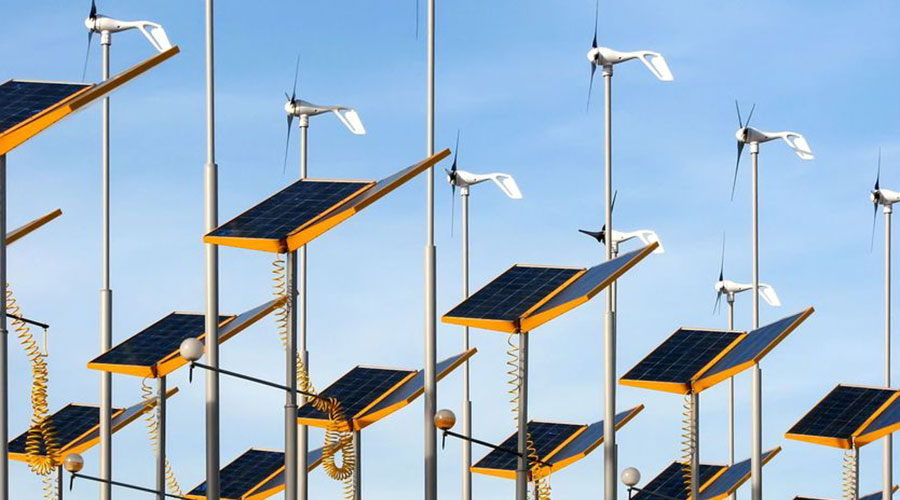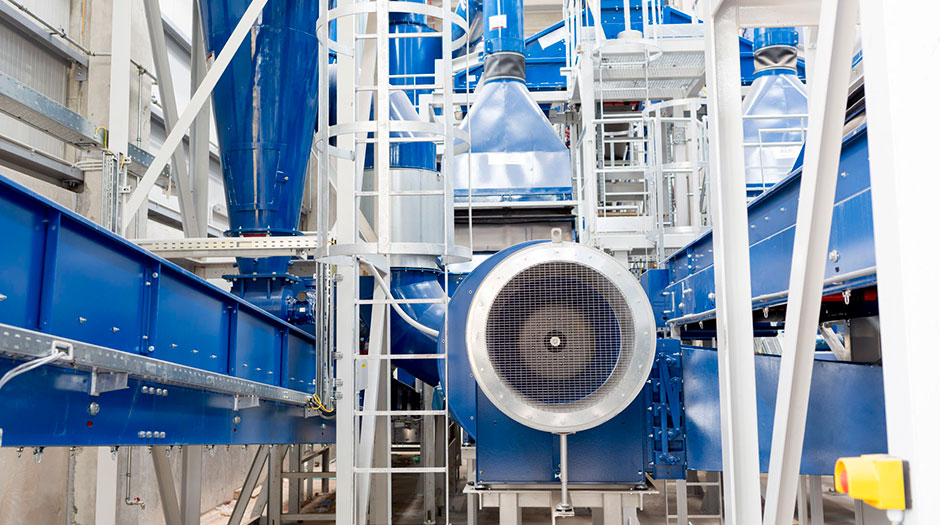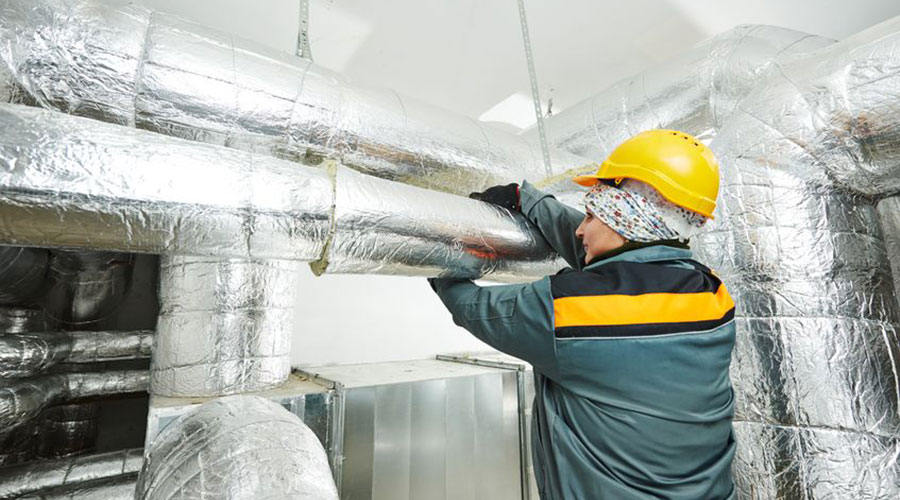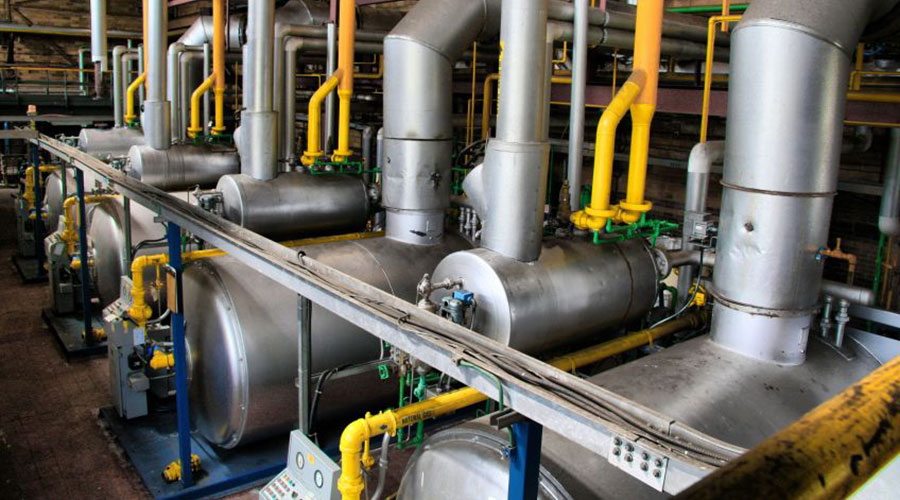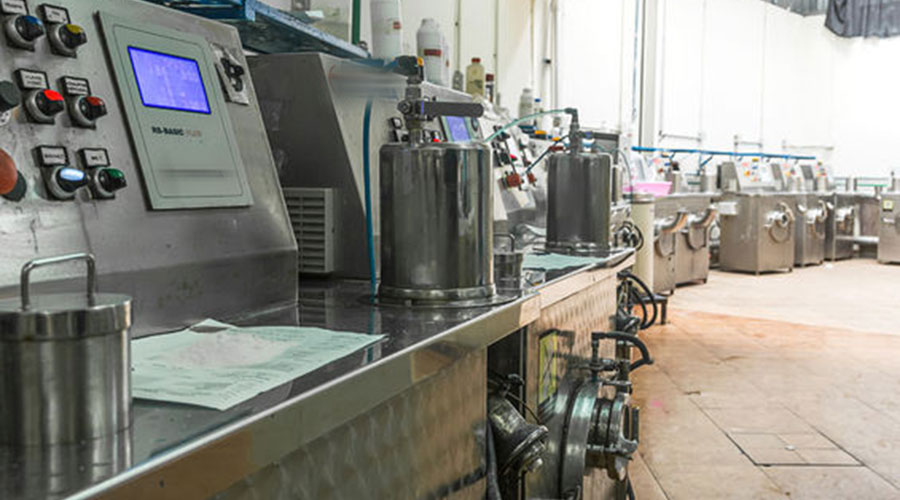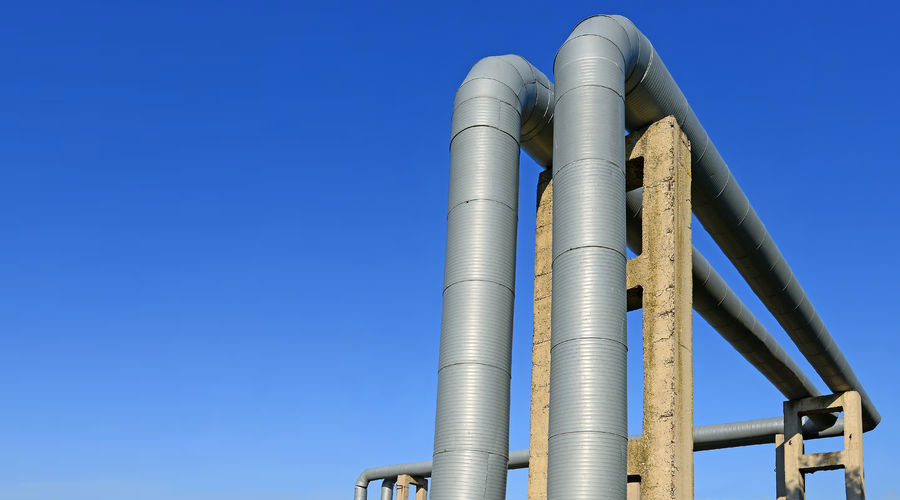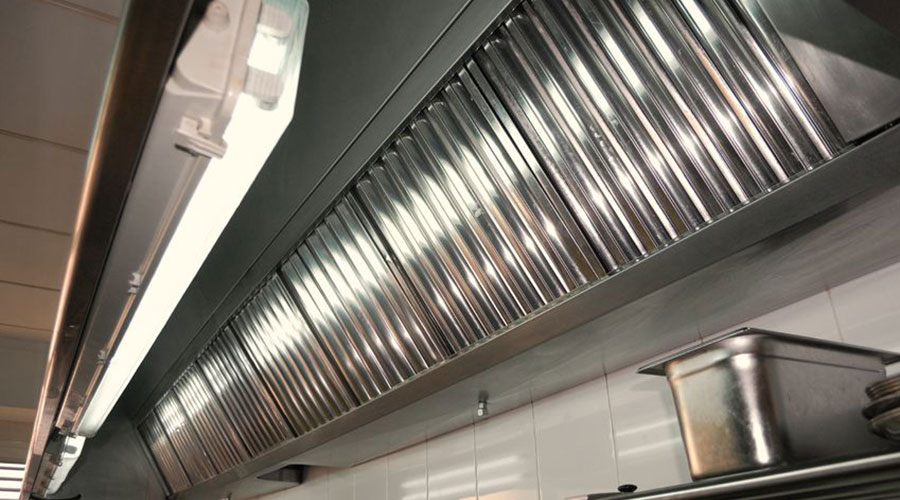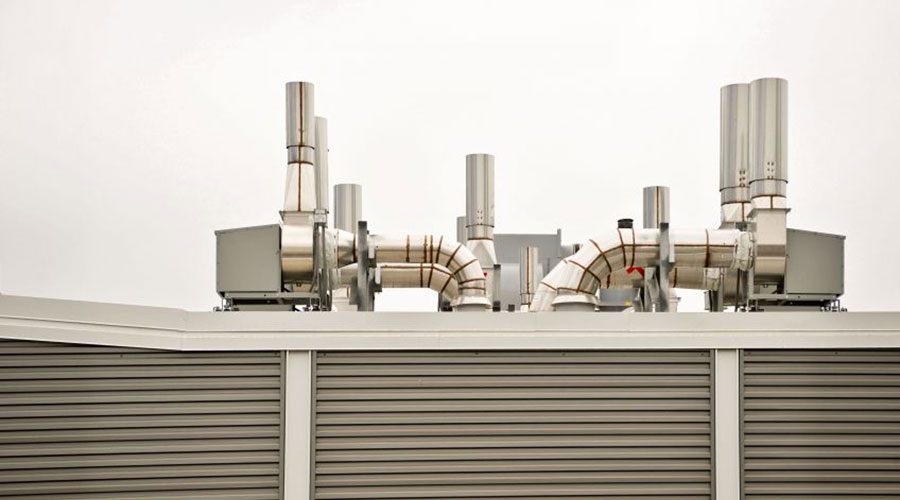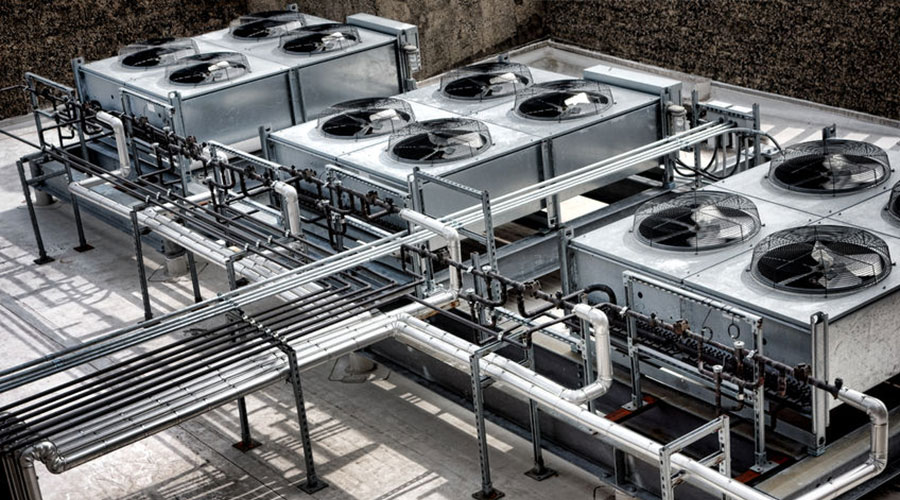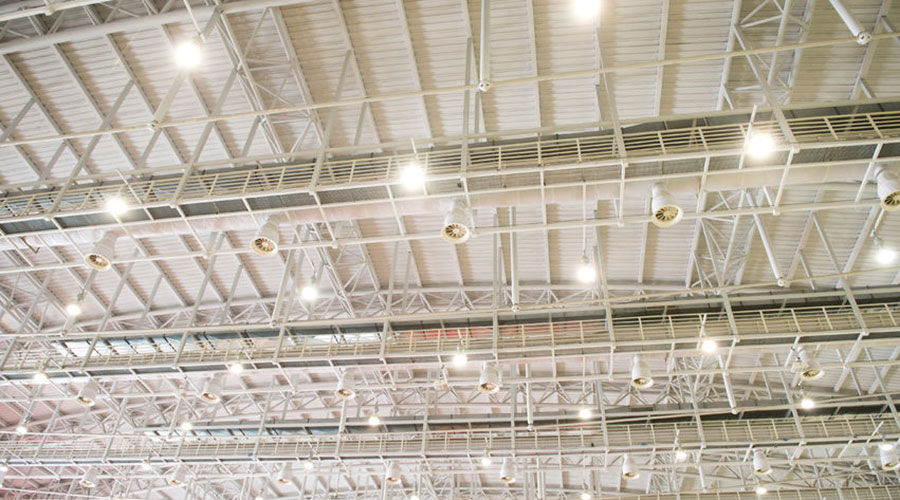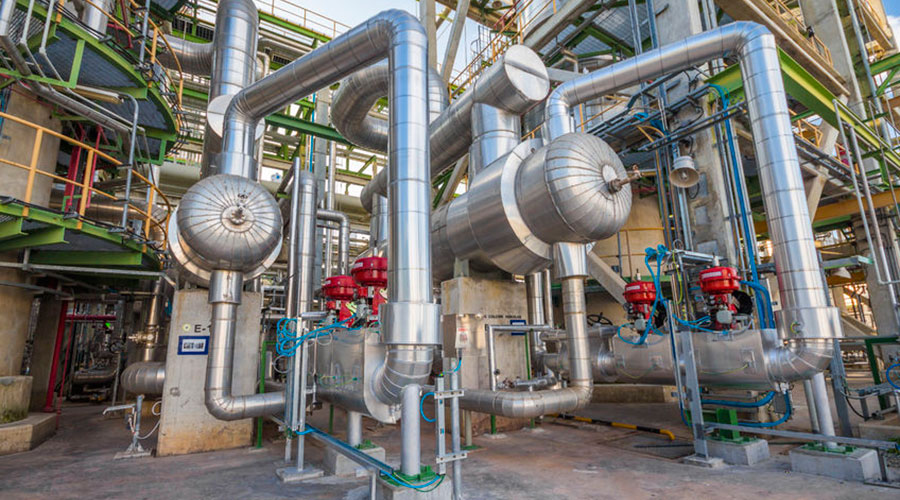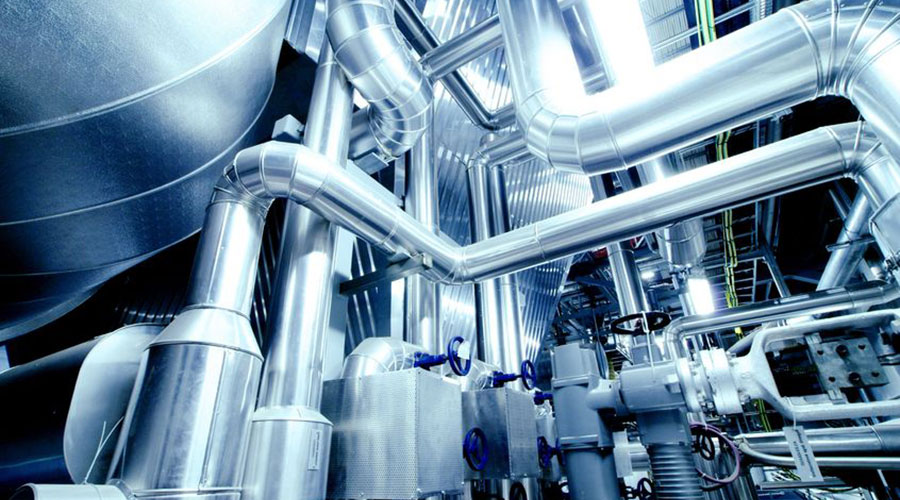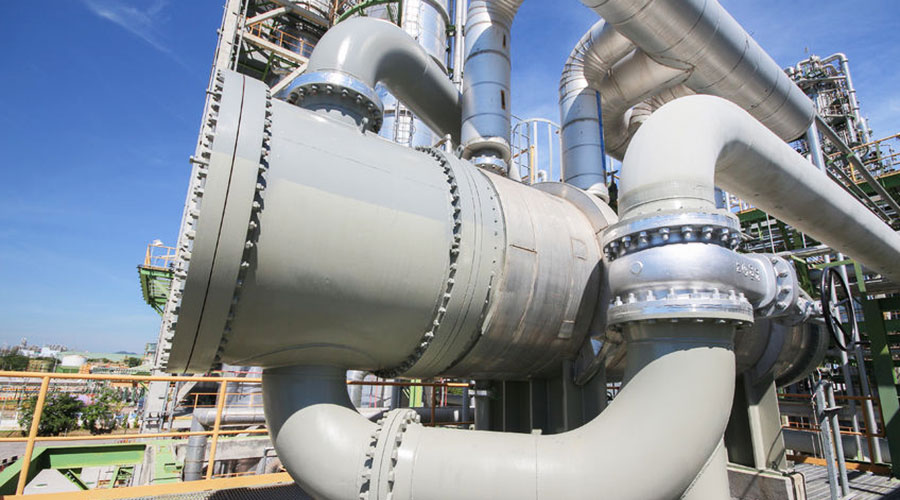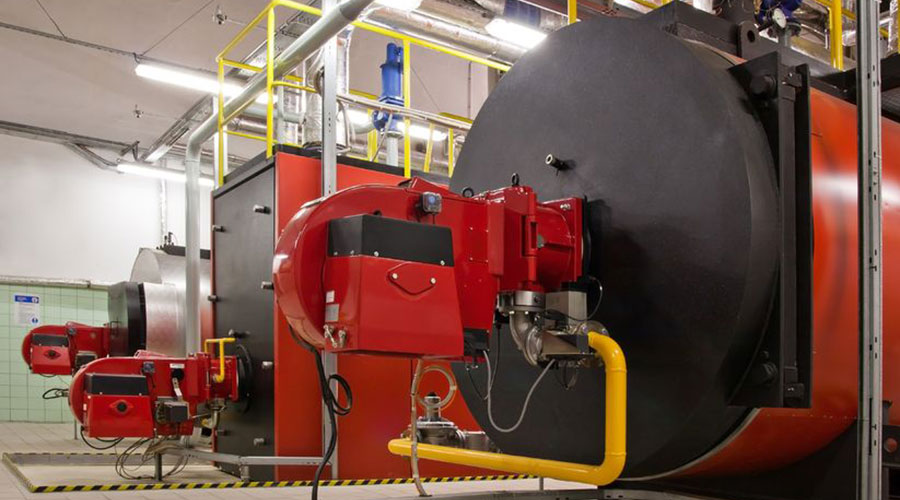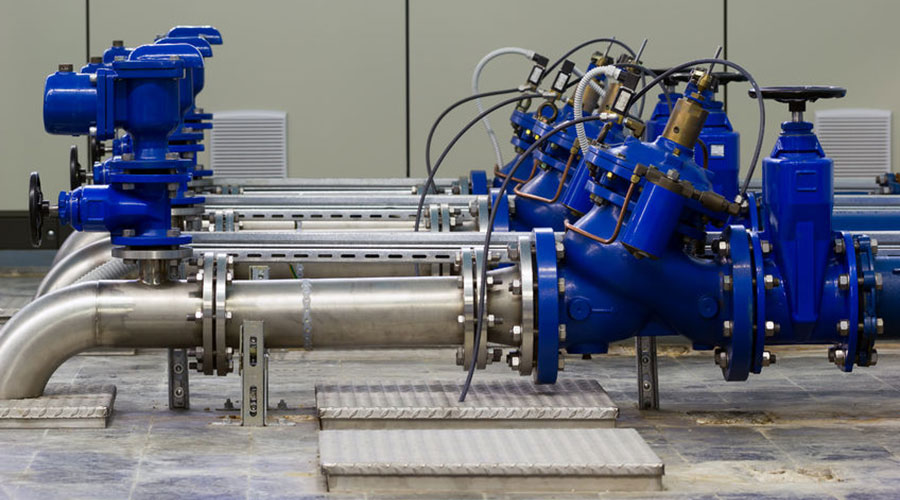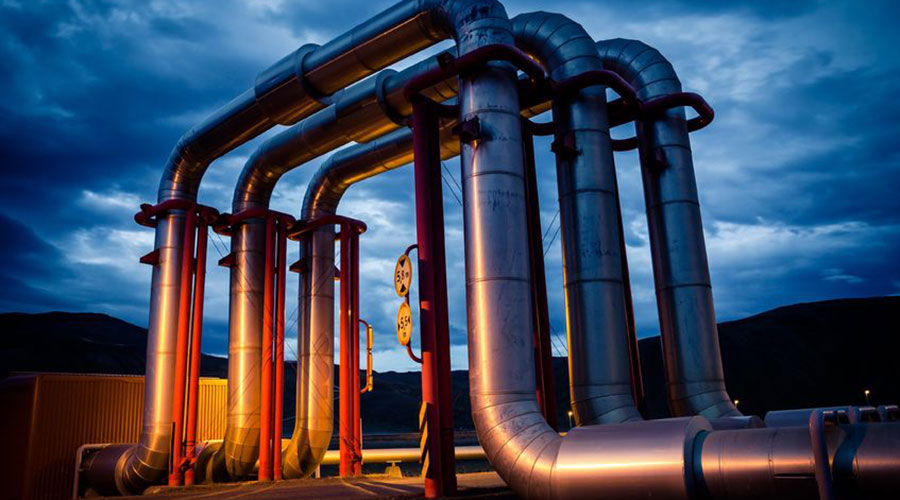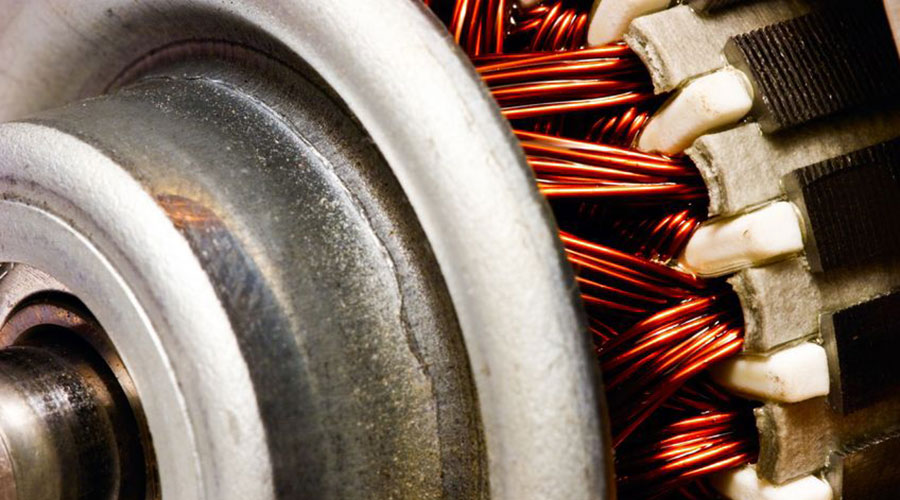Ogrzewania, wentylacji i klimatyzacji
Optimise electric motors, and consider installing a VSD
BAT is to optimise heating, ventilation and air conditioning systems.
Heat and energy recovery
Energy recovery before or after abatement is applicable in the majority of cases but local circumstances are important, for example, where there is no outlet for the recovered energy. The BAT conclusions for energy recovery are: Production of steam and electricity from the heat raised in waste heat boilers. The use of the heat of […]
Recover and/or recycle metals from waste waters
It is BAT to recover and/or recycle metals from waste waters.
Reducing heat losses by insulation
BAT is to optimise the energy efficiency of combustion by relevant techniques.
Recuperative and regenerative burners
BAT is to optimise the energy efficiency of combustion by relevant techniques.
Use of surplus heat from other processes
BAT is to optimise drying, separation and concentration processes and to seek opportunities to use mechanical separation in conjunction with thermal processes.
Heat recovery (including MVR and heat pumps)
BAT is to optimise drying, separation and concentration processes and to seek opportunities to use mechanical separation in conjunction with thermal processes.
Energy savings for ventilation
BAT is to optimise heating, ventilation and air conditioning systems.
Air filtering
BAT is to optimise heating, ventilation and air conditioning systems. Note that improving ventilation system efficiency sometimes also brings improvements in: the comfort and safety of personnel product quality. An existing ventilation system can be improved at three levels: optimising the operation of the installation introducing a maintenance and monitoring plan for the installation investment […]
Use fans of high efficiency and designed to operate at optimal rate
BAT is to optimise heating, ventilation and air conditioning systems.
Use of lighting management control systems including occupancy sensors, timers, etc.
BAT is to optimise artificial lighting systems.
Refining and transformation processes
The refining and transformation processes such as: leaching, chemical refining and solvent extraction, electro-winning, production of metal powders ingots and other products should be taken into account when determining BAT, when used with effective gas and liquid collection and treatment techniques.
Heat exchangers
BAT is to maintain the efficiency of heat exchangers by both: monitoring the efficiency periodically, and preventing or removing fouling
Induction furnace : waste heat utilization
Checking possibility to use the heat in the furnace cooling system for space-heating, the heating of shower water and for drying raw materials.
Use of variable speed drives (VSDs)
BAT is to optimise pumping systems by using variable speed drivers (VSDc)
Avoid oversizing when selecting pumps and replace oversized pumps
BAT is to optimise pumping systems. The first step towards identifying applicable energy savings measures and optimising a pumping system is to establish an inventory of the pum ping systems in the installation with the key operating characteristics. The inventory can be established in two phases: basic system description: this consists of onsulting company records […]
Reducing heating losses from process solutions in the surface treatment industries.
It is BAT to reduce heating losses by: Seeking opportunities for heat recovery. Reducing the amount of air extracted across the heated solutions. Optimising the process solution composition and working temperature range. Monitor temperature of processes and control within these optimised process ranges. Insulating heated solution tanks by one or more of the following techniques: […]
Energy efficient motors
BAT is to increase the power factor according to the requirements of the local electricity distributor.
Electric motor driven sub-systems
BAT is to optimise electric motors in the following order: optimise the entire system the motor(s) is part of then optimise the motor(s) in the system according to the newly-determined load requirements when the energy-using systems have been optimised, then optimise the remaining (non-optimised) motors according to criteria such as: prioritising the remaining motors running […]
 EE Metal
EE Metal




